
“We never wanted to create a record company,” says Guy-Marc Hinant. “I came to Brussels in the 1980s to study cinema. I met Fred Walheer and we started doing things together: publications, collages, performances. Then we had the idea to make records to link to a wider public…”
40 years later, Hinant and Walheer are still making records. Their collaborative project, Sub Rosa, is one of the most respected and influential labels specializing in avant-garde recordings, electronic experimentation, and anthropological field recordings. “The real question is why to release and to publish something rather than not doing it? What is the urgency of putting this out? For me, Sub Rosa is a perpetual flow,” Hinant says. “It’s very organic.”
That process hasn’t changed that much over time, according to Hinant. The Internet has transformed most labels, but Sub Rosa operated for a niche market from the beginning. “We always produced limited prints,” Hinant says. “As soon as the Internet came along we put our catalog online. But for us, it is an extension but nothing else. We continue to put out vinyl.”
Hinant estimates that Sub Rosa has released over 250 records over its lifetime. So far it’s put about 150 of those online at Bandcamp. Here are a handful of the most notable.

Robin Rimbaud
The Garden is Full of Metal: Homage to Derek Jarman
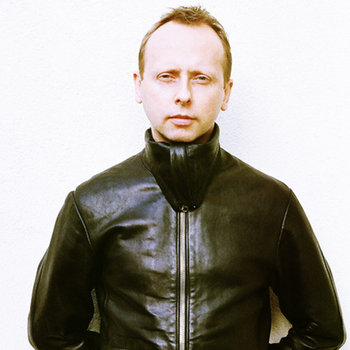
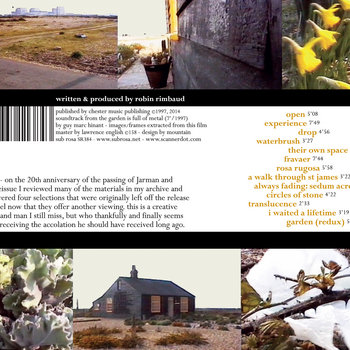

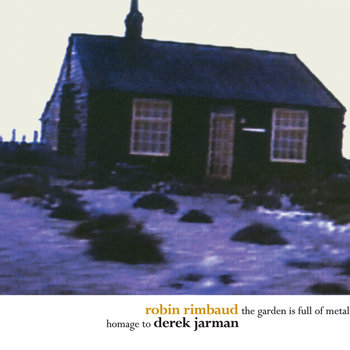
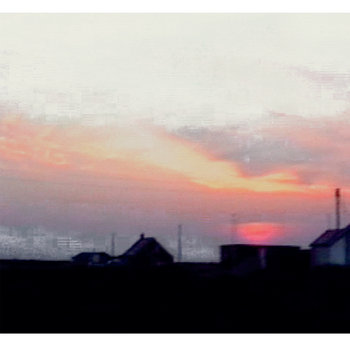

Compact Disc (CD)




Hinant is a filmmaker as well as a musicologist, and he’s always seen links between avant-garde cinema and avant-garde sound experiments. This album is a sound portrait of English director Derek Jarman, constructed from recordings made of his voice and sounds around his various homes. It was released to accompany a short film shot of the same name shot in Jarman’s garden by Hinant in 1996.
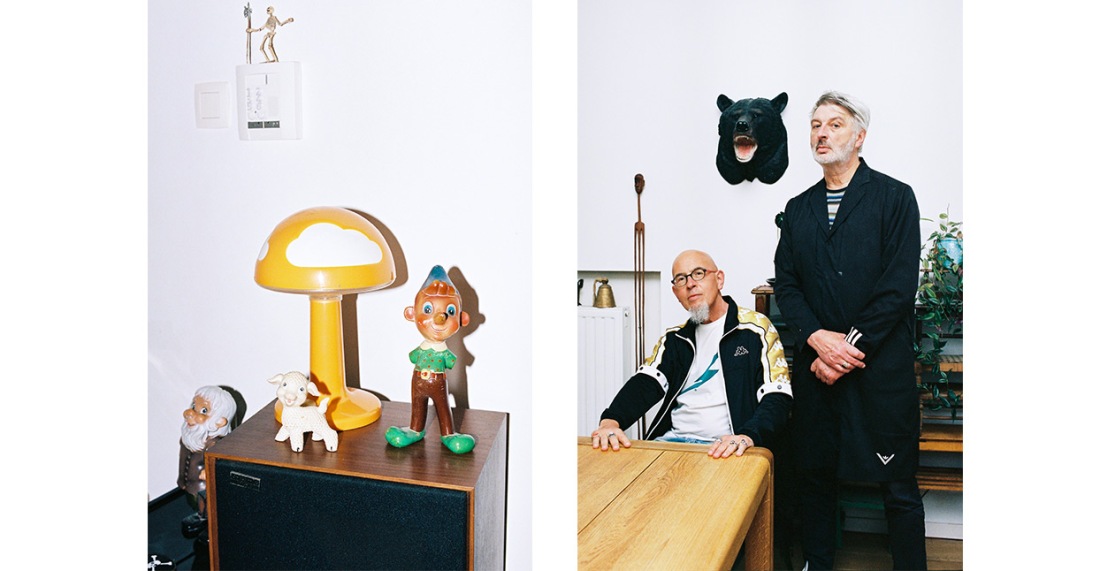
Various Artists
An Anthology of Noise & Electronic Music #1

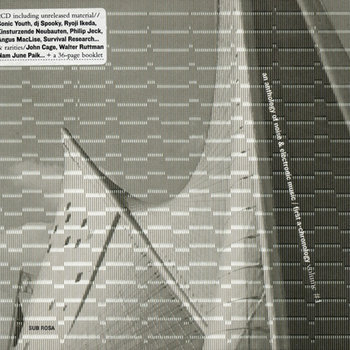

Compact Disc (CD)

Perhaps the most stunning item in the Sub Rosa catalog is Hinant’s massive Anthology of Noise & Experimental Music. The series is seven volumes, on 14 CDs, and took Hinant more than a decade to complete. The first volume was released in 2002 and the last in 2013. “I wanted to create a real chronology from the ‘20s until today, nearly a century of electronic music, experimentation and noise,” Hinant says. “There are the most famous pieces, but also the most obscure ones. I composed it according to a methodology of sound editing in film. Everything is linked in listening.”
The first anthology refuses to be characterized, as it squirms and screams its way back and forth across the decades. There’s the 1920s Futurist constructed instrument experiments of Luigi and Antonio Russolo, which sound like theater music accompanied by bilious elephant, and Konrad Boehmer’s 1960s remarkably intense electronic noise collage “Aspekt,” and a bizarre, distorted Sonic Youth piece that repurposes ambient audience noise—plus Iannis Xenakis, Edgard Varèse, John Cage, Pauline Oliveros, Survival Research Laboratories, and more. Well-known pieces clank and whistle beside unreleased tracks, the whole forming a massive machine of perfectly curated chaos.
Various Artists
An Anthology of Chinese Experimental Music, 1992-2008
Sub Rosa has put out a number of anthologies of experimental music focused on individual countries or regions. This four-CD, 48-track set of Chinese experimental music is one of the most expansive. The set was curated by Dickson Dee, aka Li Chin Sung, whose ambient noise track “Somewhere” opens the anthology. Other highlights are Nara’s almost-pop “Dream a Little Dream,” Li Jianhong‘s psychedelic noise guitar freakout “Sod,” and venerable electronica artist Sun Dawei‘s “Crawling State,” which runs a traditional tune through a gentle rain of glitch.

Recorded by John Levy
Tibetan & Bhutanese Instrumentals and Folk Music
Sub Rosa is best known for experimental and electronic music. But it also specializes in world music field recordings, including discs focusing on Greenland, Guatemala, Mexico, Ethiopia, and more. This album of music from Tibet and Bhutan is a reissue of an album released by ethnomusicologist John Levy in 1971. The focus here is not on throat singing, but on other vocal traditions, as well as on lute and fiddle music. Some of the tracks are surprisingly familiar; Ho-Chhin’s performance on the two-stringed fiddle sounds like it could have come from Ireland just as much as Central Asia, for example. In contrast, Pawo Oracles’s slow, measured harmonic moans with pellet-drums is less congruent with Western genres. Strange or less so, though, every track is a discovery and a delight.


Univers Zero
Hérésie

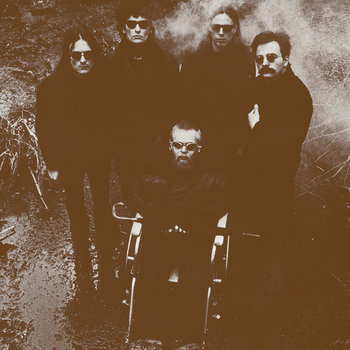
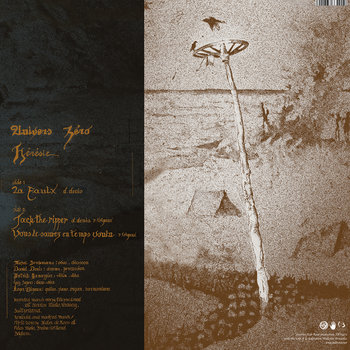
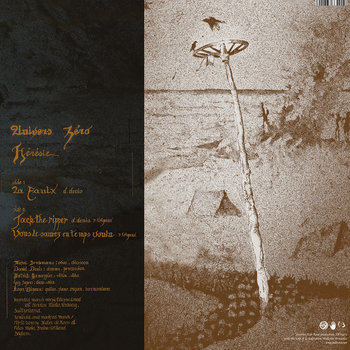


Vinyl LP




“I never wanted to be a Belgian label,” Hinant says. “For a very long time there was little connection between Sub Rosa and Brussels where we live. But we did think we should take into account innovative music happening here, too.” Thus, the Sub Rosa reissue of the 1979 second album from gloomy Belgian chamber prog outfit Univers Zero. The instrumentation, including woodwinds, strings, and an organ is as much classical as rock, and the atmosphere is bleak and fractured. If you commissioned Bartók and King Crimson to make a horror movie soundtrack, you might get something like this. Sometimes the weirdest music is right on your doorstep.
Octavian Nemescu
Gradeatia Natural, 1973-1983

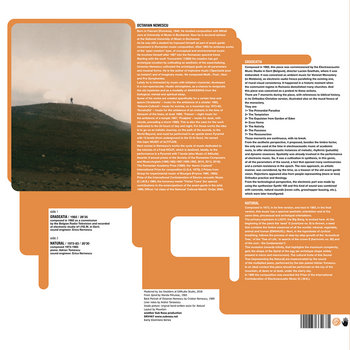
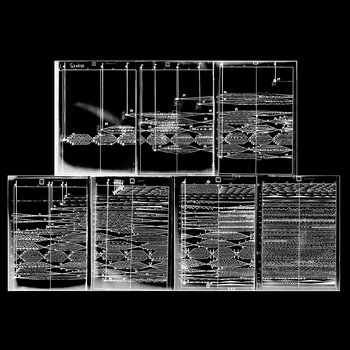
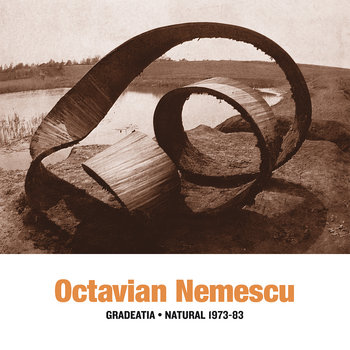

Vinyl LP



The government of Romania in the 1980s viewed avant-garde composition with distrust; musicians were supposed to create music for the masses. Nevertheless, Octavian Nemescu managed to pursue his fascination with electro-acoustic composition. The first track of this 1984 release, “Gradeatia,” is a mix of ambience and drones which occasionally resolves into organ-like passages. It’s a tribute to Romania’s Voronet Monastery, and a quiet protest against the government’s program of destroying churches. One of the most obscure and most delightful albums in Sub Rosa’s series devoted to electronic experimental artists.
Marcel Duchamp
Erratum Musical


Duchamp is best known for radically undermining notions of skill and virtuosity in visual art, via upside-down urinals and defaced Mona Lisas. His musical work adopts an analogous conceptual approach, incorporating chance into the composition process. In Erratum Musical, notes are drawn at random, and then played in order without modulation. Hinant picked the notes, and pianist Stephane Ginsburg, who has also recorded a number of works by Morton Feldman for Sub Rosa, plays the piano with appropriately objective reserve. Particularly on the 36-minute fourth variation, the notes drip out of nowhere and into nowhere—a spiritual truth, a cynical joke, or both.


Yannick Franck presents Mt. Gemini
Just Like a River
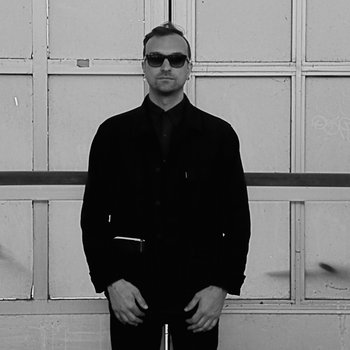
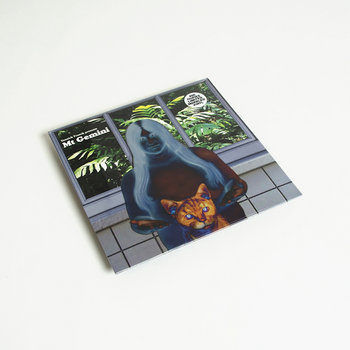
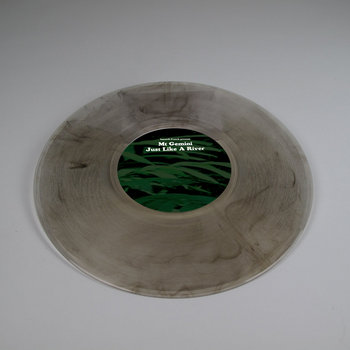
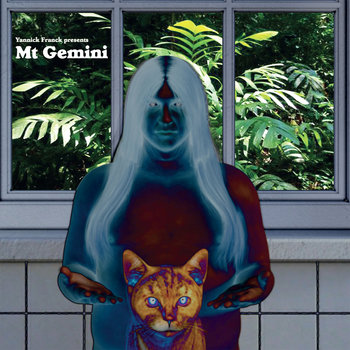

Vinyl LP



Experimental Belgian musician Yannick Franck buries ska and rocksteady recordings in feedback and distortion. It sounds like listening to a reggae band stationed on the other side of a crowded gymnasium—and through an interdimensional portal. This exercise in psychedelic abstract dub was released in 2019, a unique addition to a unique catalog.







